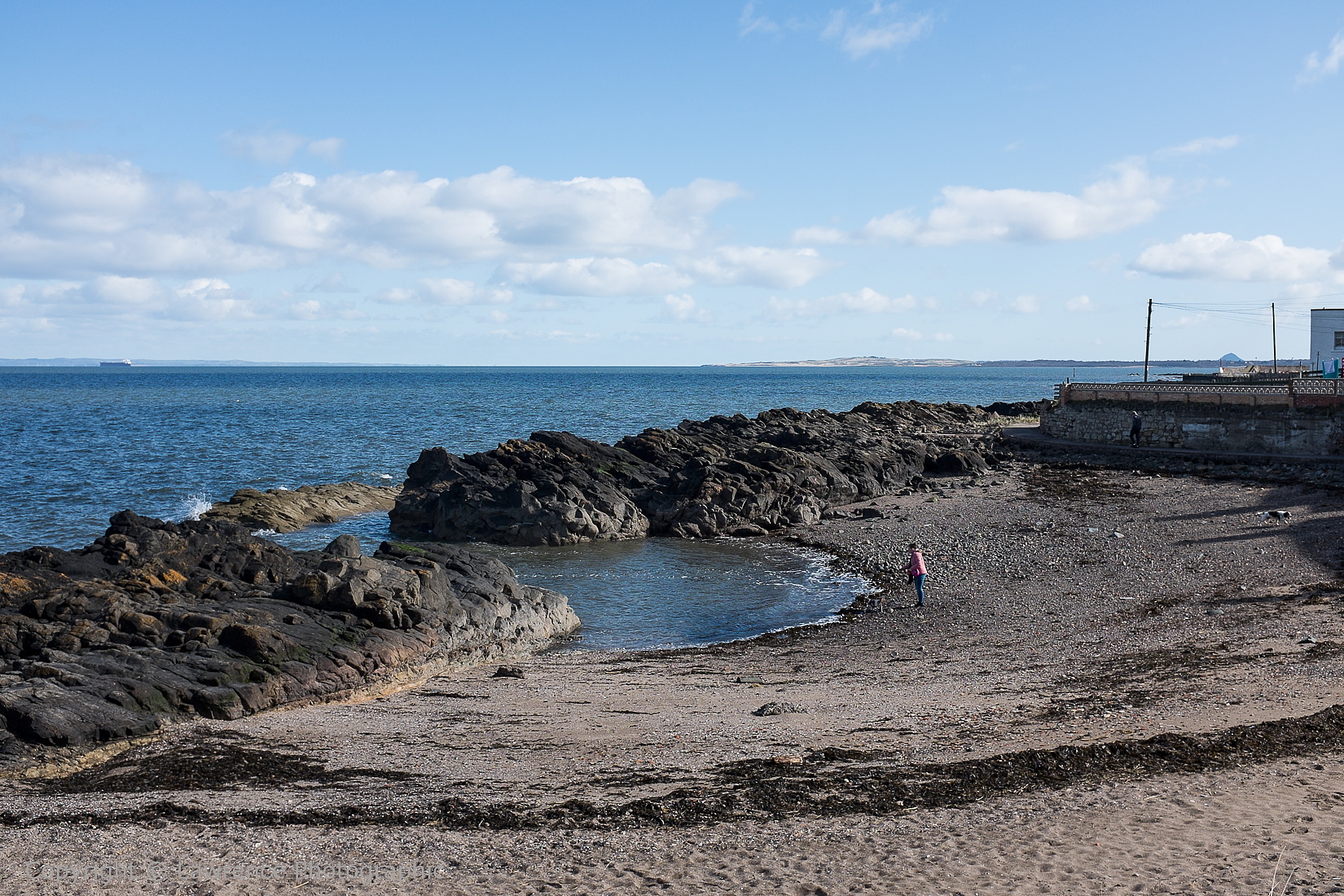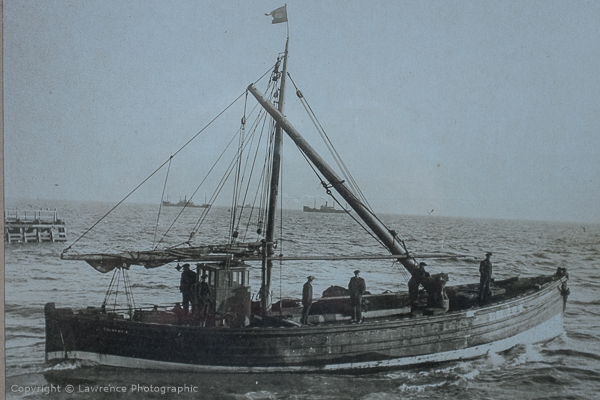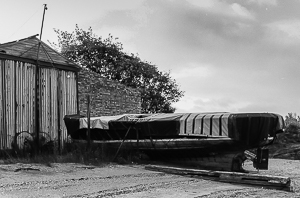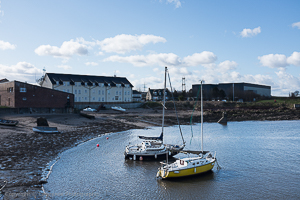Today
the old harbour is still used to anchor small boats. Below is a 2008 photo
image converted to a painting style which shows the small boats and the
power station, prior to it being demolished in 2015. It was originally captured
using a Canon 5D MK 1 DSLR camera and a Canon 24-105L IS zoom lens:
24mm, ISO:100, Aperture f11, Shutter 1/60sec.
Please click on the image to open up a larger variant and again on the
larger image to open it up further -
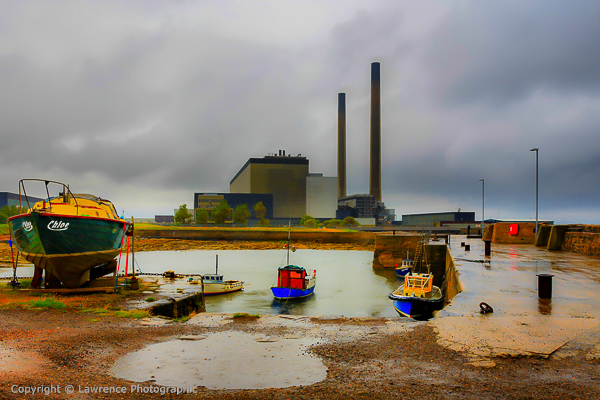
2021 images of the harbour after the power station was demolished, taken
with a Fujifilm X100s compact camera -

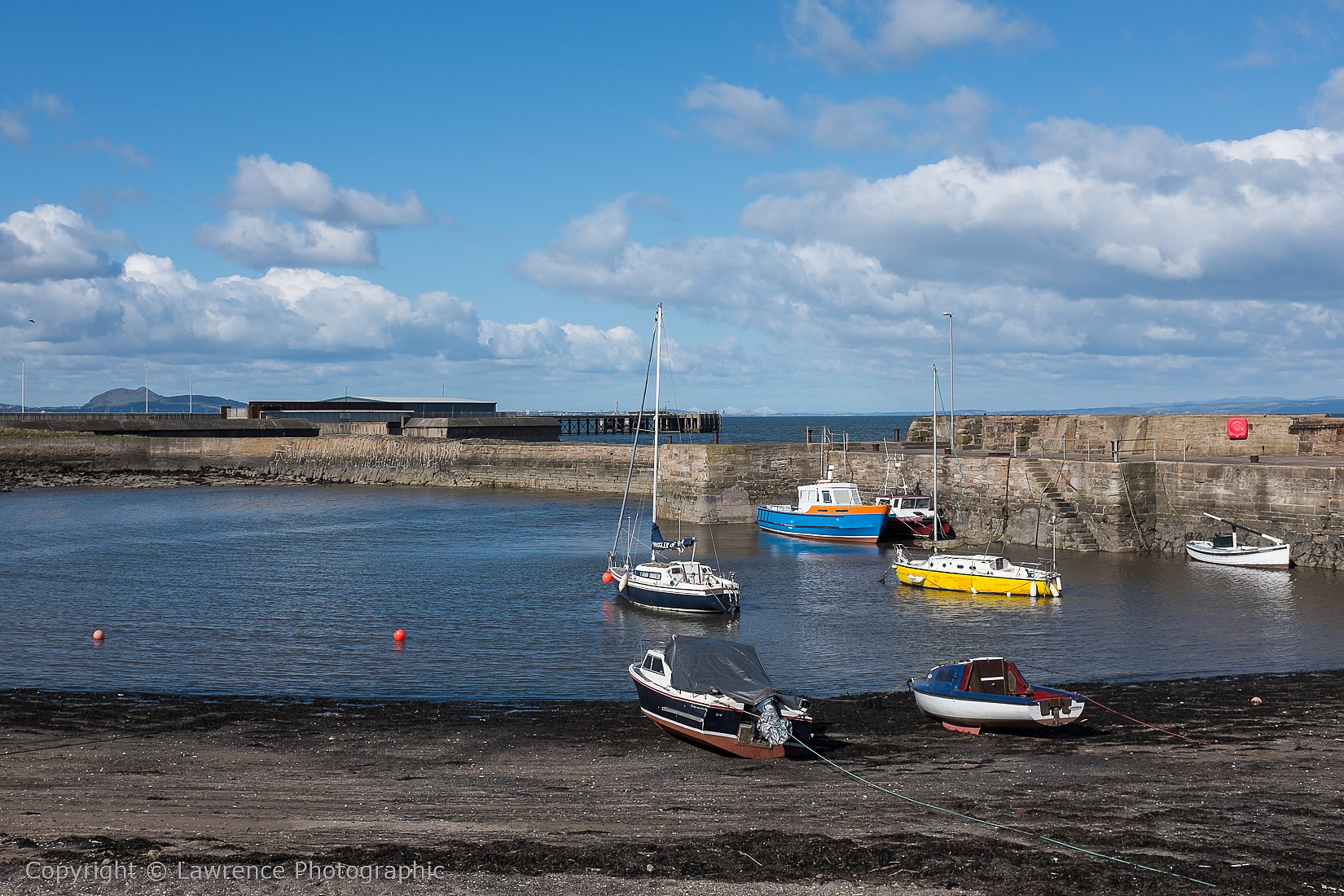
There is an extensive collection of images relating to the power station
(before it was demolished) nearer the bottom of the article.
Today the Cockenzie Harbour is home to many boats, especially the
smaller and more manageable fishing boats which are often maintained by
retired fishing men. Below is an a 2021 image captured with a Fujifilm
X100s compact camera of a man painting the bottom of his fishing boat
with anti-foul paint to stop barnacles clinging to it when it is put
back in
the harbour -
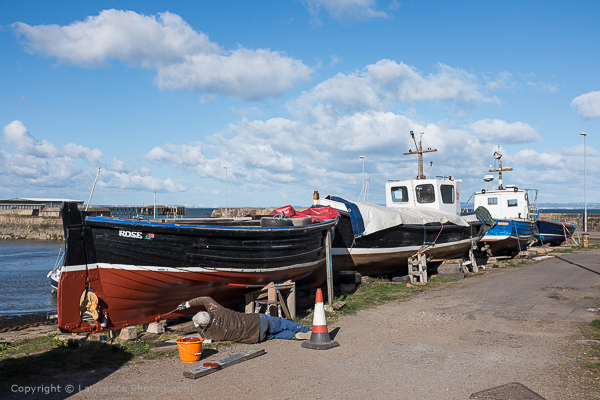
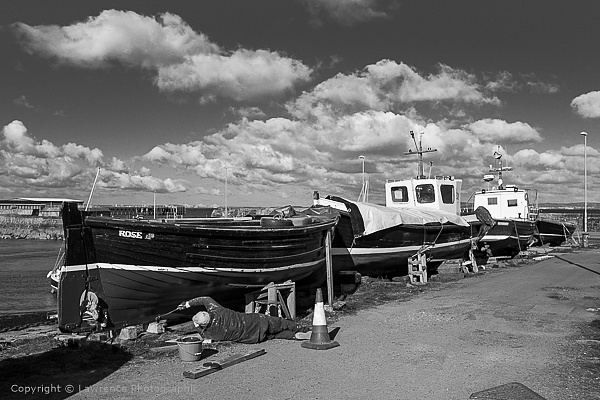
I remember as a small boy, in 1953, standing in the main street of
Cockenzie and watching massive 'storm' waves towering above the houses at the harbour and the main harbour wall was breached whereby the stones
crashed down on the boats at anchor. My grandfather's boat had the
engine punched through the bottom and the wooden wreck was carried out
into the Firth of Forth Estuary and was later found, further down the
east coast at Eyemouth.
An image of the old harbour which was taken with a Nikon FM3a 35mm film
camera in 2016 and shows the harbour wall that was breached in 1953 (now
repaired) and the metal slip where the fishing boats were launched after
they were built in the boat yard -
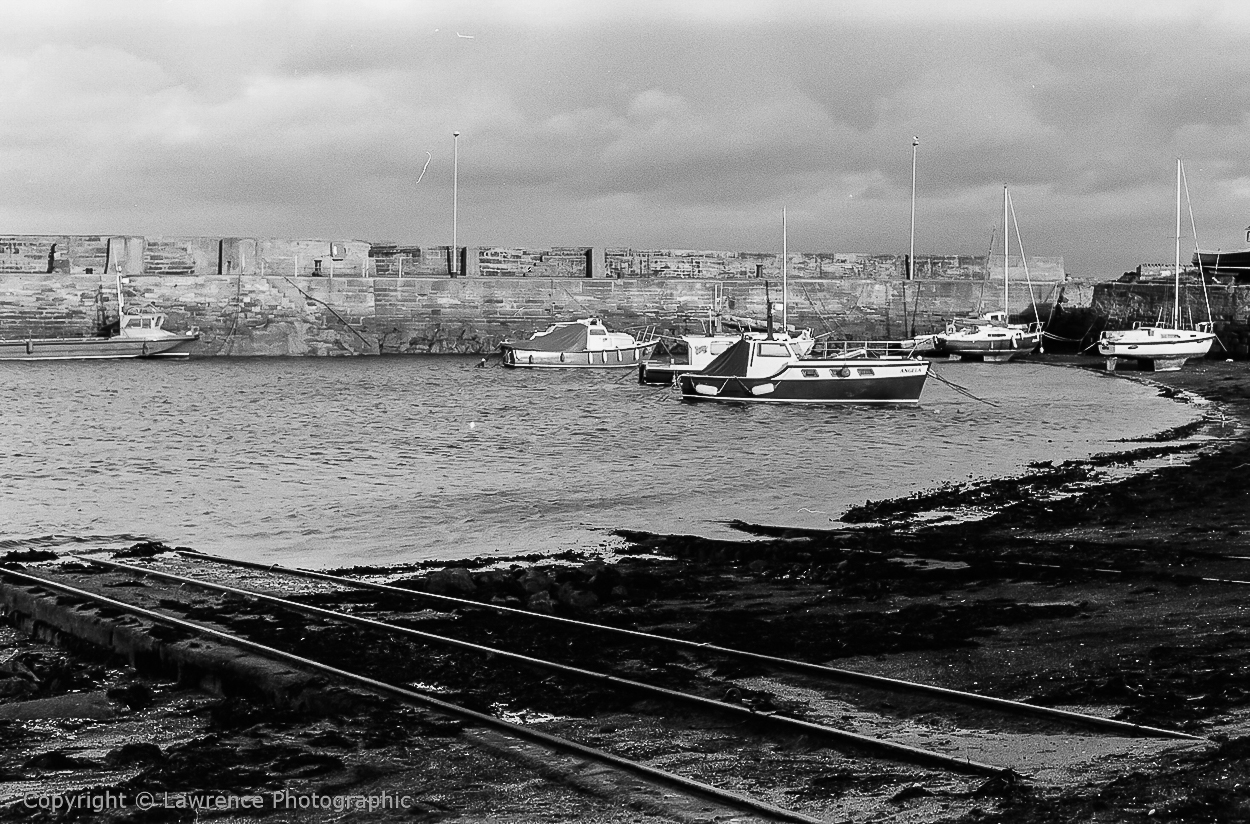
When I was four and free to roam, we played follow my leader, jumping over
the gaps in the rocks at the sea between the huge waves coming in and out. Different
times back then; I could not swim and my grandfather who was in his 70s
and went fishing in his boat, could not swim either. He was out in his
boat one day with my older cousin John, who was wearing a sou'wester, an
yellow coloured oil skinned hat tied under his chin. My cousin fell
overboard and my grandfather was lucky enough to hook the sou'wester
with a boat hook before my cousin went under - a fortunate escape. I
played on the rocks overlooking the sea at the back of the harbour and when the tide was
out, we used long pieces of wire (from the boat yard) and pulled the
huge crabs out
from the holes inside the harbour walls. We set-up fires on the shore and cooked the crabs
and also winkles in large tins from the boat yard and filled with boiling sea water.
I only ever ate the meat from the legs and the claws; I would take the
main shell back to my grandfather as he was the only one who knew what
parts of the meat in the shell to eat.
Every year the east coast was inundated with shoals of mackerel who were
in such great numbers they were often washed up on the black coal beach
between Cockenzie and Prestonpans. We would get out our fishing rods
with multiple spinners on the line and cast them out from the top of the
rocks to hook the mackerel. My grandfather warned me never to eat them
as he regarded them as dirty fish who ate the human excrement that came
out of the sewage pipe at a section of the rocks. These were the days
when human sewage was not contained and treated. We never swam there,
which for me was not a problem, as I finally learned to swim at 19 years
old.
We made toy boats down at the rocks using a flat piece of wood with a
nail in the top with a piece of paper for a sail and an old hacksaw
blade from the boat yard hammered into the bottom to form a long angled
keel. We sailed them in the large sea pools caught between the rocks and
when we were heading home, we put them into the harbour and watched them
sailing away. Like all kids, we searched the sea pools for small crabs,
small fish, eels and shrimp; just to watch them swimming around - none
were harmed.
A couple of
2021 images (Fujifilm X100s compact camera) of the rocks, near the old
harbour, where we played and a 2021 image (Fujifilm
X100s compact camera) of the old harbour pier where we used to go when
the tide was out (on the right side) to catch crabs hiding in the holes
in the pier -

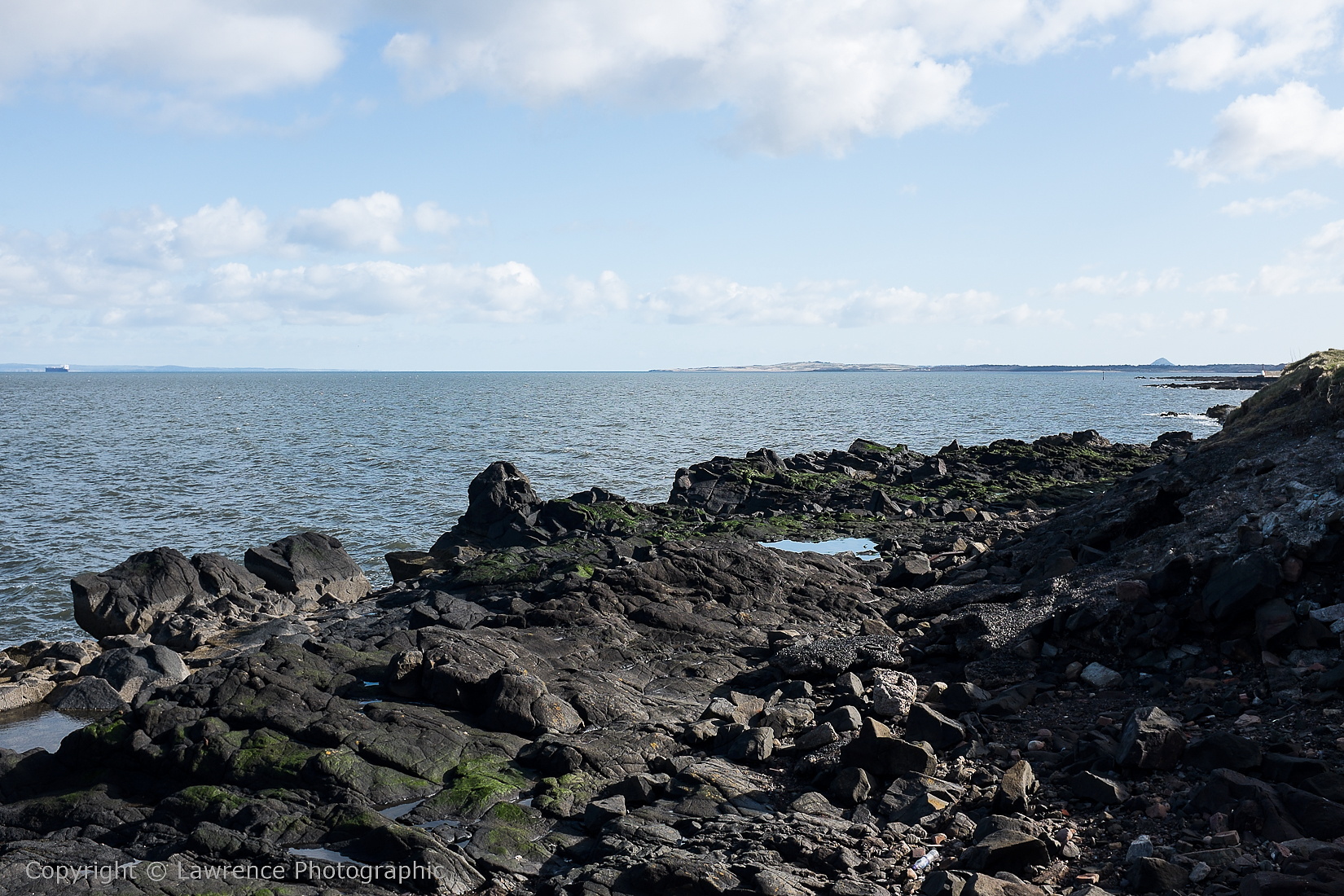
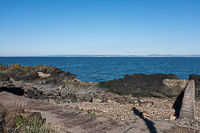

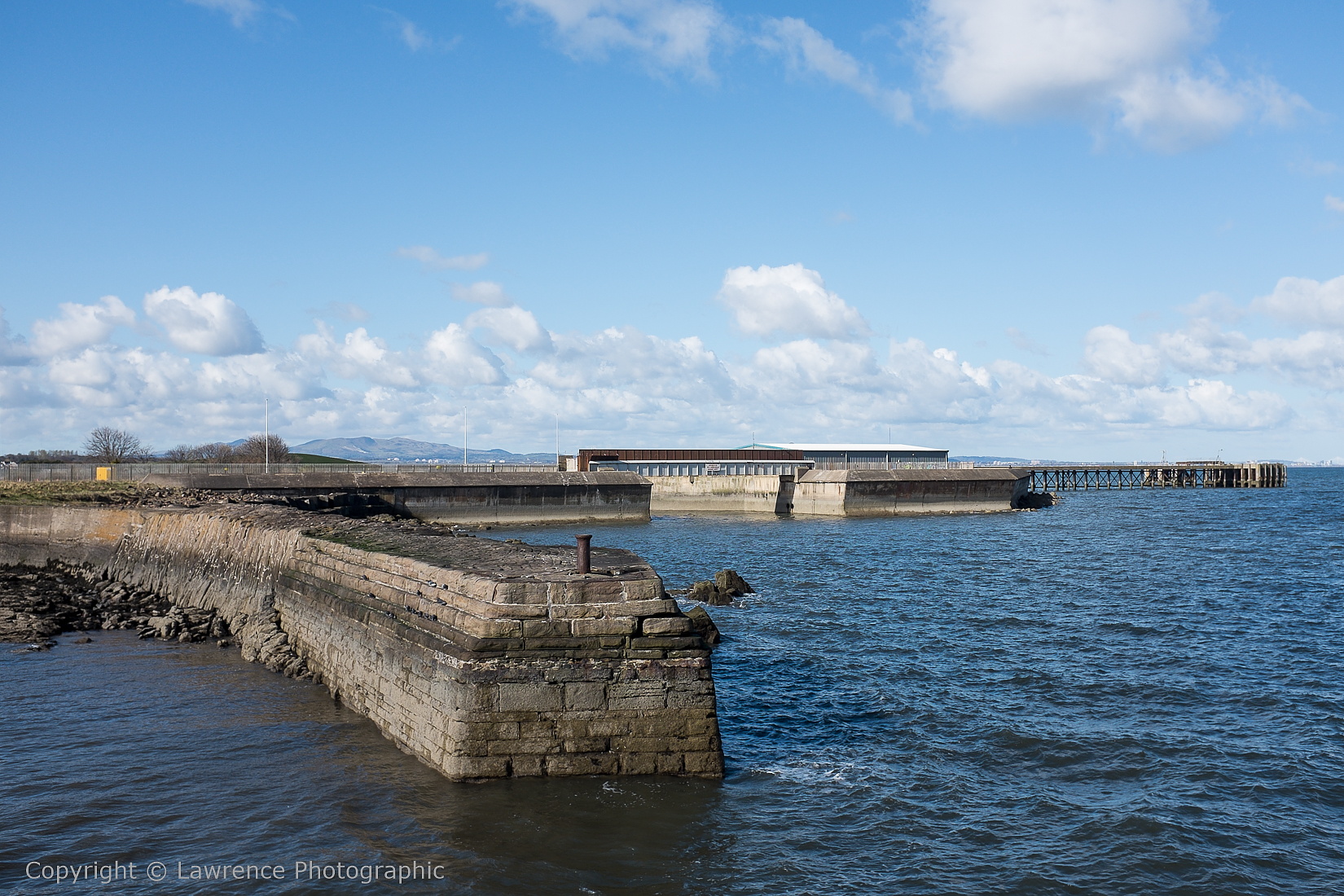
During the early 1950s,
I guess I lived a feral existence; I was an only child and while my
parents went to work I stayed with my grand parents during the day. At
the age of four, I was out of the house and either down at the harbour with my pals or we played in the local farm,
especially in the barn with the cats who slept there during the day.
Many a time my Grandmother told me to take a kitten back to the farm
because I was not keeping it. We had a gang dog, Prince, who belonged to
my grandfather and he was as feral as me; we went everywhere together.
He was a huge collie and would fight with any male dog who came near us.
I remember when I was about eight years old and when I arrived home from
school to my Grandmother's house, I asked where Prince was? She said,
"aye, he was old, so he was taken away by a man in a van and he would be
gassed in the back of the van by the time they got up to the top of the
road." It was my first taste of grief, I missed my pal.
Prince was a bit of a devil, he slipped into the yard behind the
shop on the front street and killing two chickens, he proceeded to
attempt to carry them off across the main road and up the lane to my
grandfather's house. He was chased by the owner who managed to get his
chickens back, albeit they were dead. The image below is the yard with
its very unusual building -
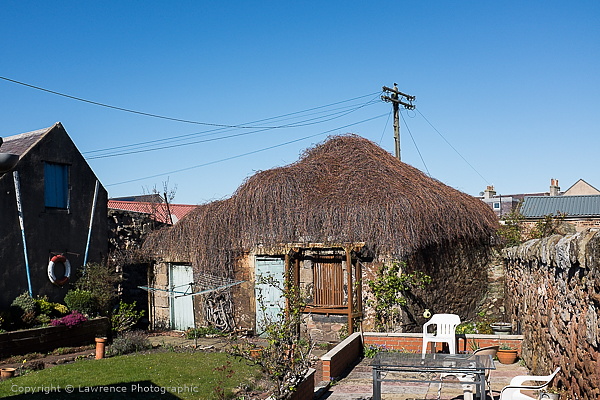
An image of Prince and me as a baby with my mum and my grandfather
making lobster creels. The image of me was shot with a 127mm film camera
and the one of my grandfather with a Zenit E 35mm film camera -
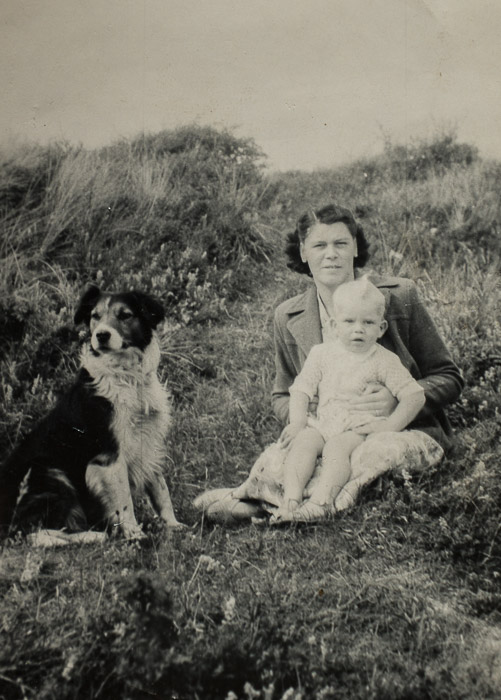
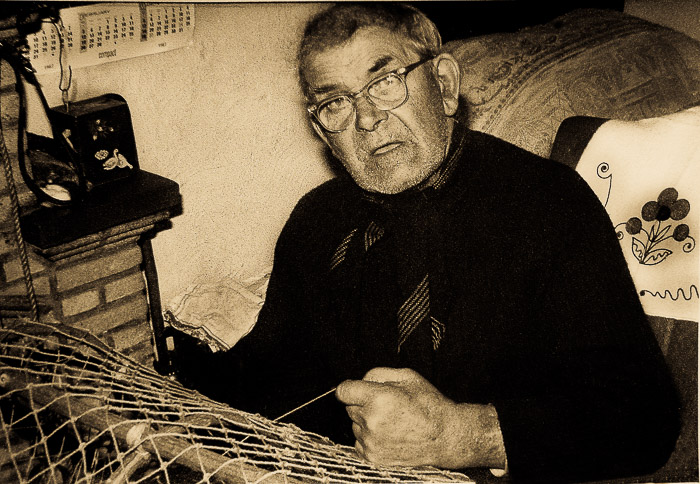
The highlight of my younger years at primary school was the annual
summer holiday Gala when the villagers decorated their houses with
bunting, coloured flags and stood outside to watch the Gala Queen being
paraded through the village from the Pond Hall (the village hall at the
outdoor swimming pond where dances were held) to the local park where
everyone sat down to picnic. Some of the kids from school were dressed
as sailors and the others as pirates. We all went out into the Firth of
Forth Estuary in fishing boats and had mock battles before the pirate
chief was captured and paraded at the Pond Hall. I was a sailor in the
Gala, second from the left. The image was taken at the time by a
professional photographer and I scanned my copy to digital -
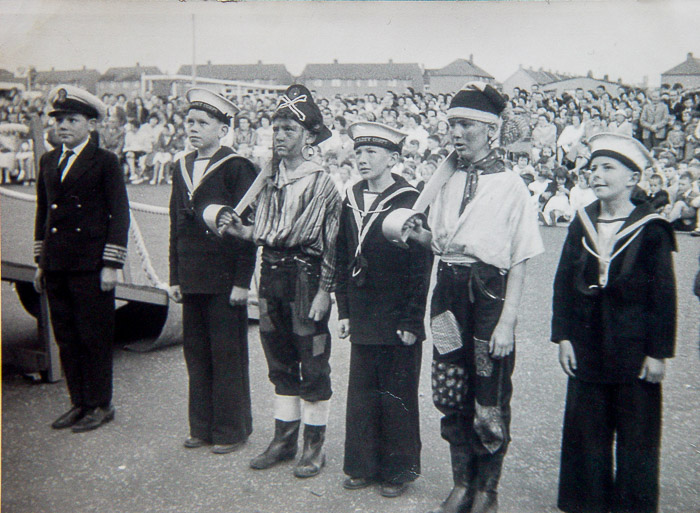
I remember my first day at school and watching one of my pals crying his
eyes out at being left by his mother. When he played down the rocks with
the gang, he never missed his mum but I guess school was a bit like
going to prison? I wore my 'Davy Crockett' raccoon fur hat with its long
tail. An image of my old primary school which now houses various
businesses -
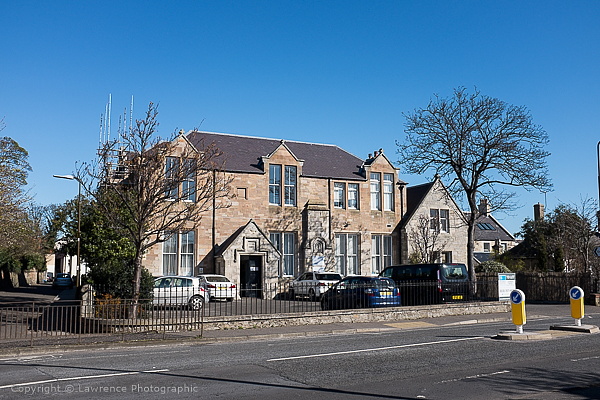
An 1970s image (Zenit 35mm film camera) of the Gala Pipe Band passing my grandfathers house, he is on the
left sitting on the window ledge -
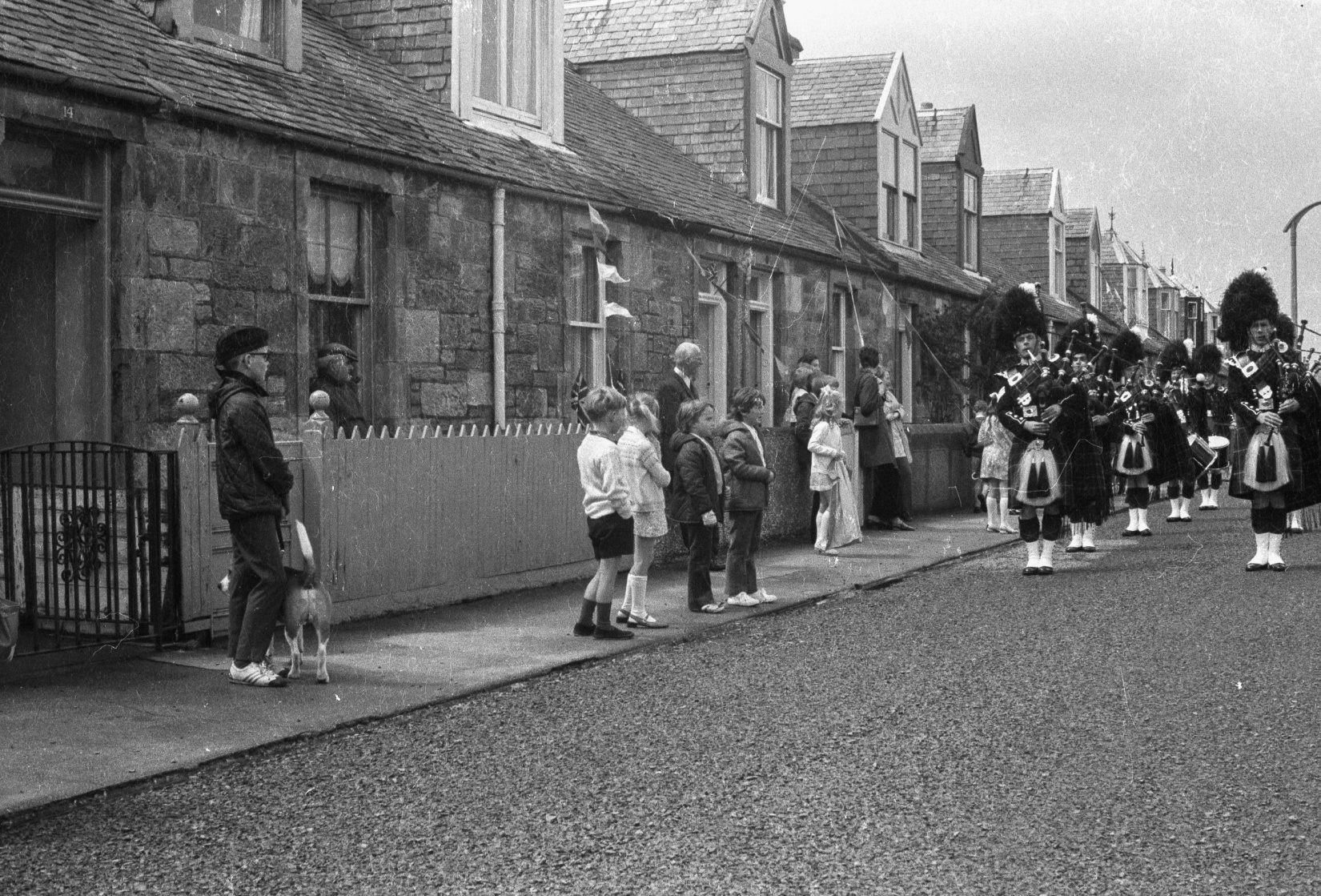
My
young cousins (mostly girls) were great swimmers and they used to climb
up the crane (see image below) and jump into the harbour at high tide.
Back then, you could see through the deep clear water and watch all the
fish swimming below. The fishing community of Cockenzie were hardy folk;
I remember my mother's old aunt, who had her thumb almost torn off by
her horse which pulled on a rope halter she was holding. She ran to the
local doctor with her hand wrapped in her apron and instructed him to
sew the thumb back on as she had to get on with her work that day.
An image of the crane in Cockenzie Harbour, taken with a Zenit-E 35mm
film camera in the early 1970s -
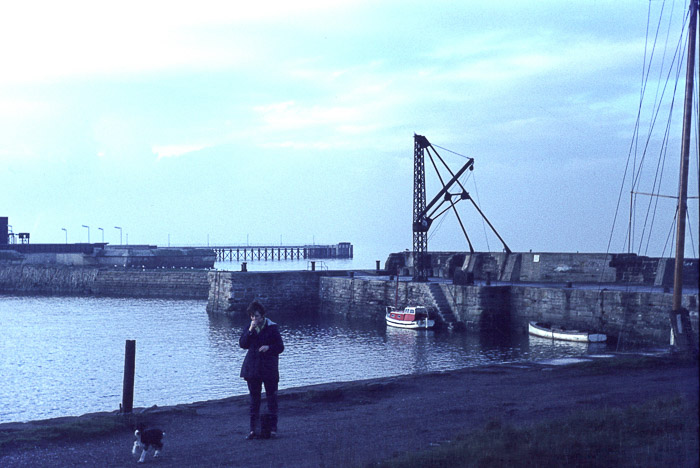
Fish and chips were a firm favourite with folks living in Cockenzie and
back in the early 1950s my mum would take me to the local fish and chip
shop in Cockenzie High Street, down near the sea. Today, it is long
gone, as is the owner, who was a gracious and kind man, especially to
the old folks in the village. This is an image of where the chip shop
once stood, it took up the lower part of the building, which is now a
house with a blue door -
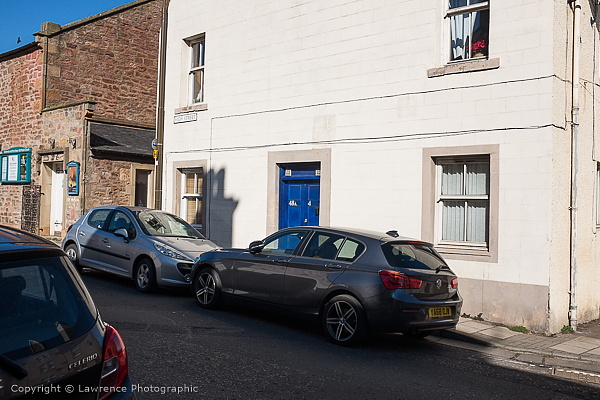
My old man drove a lorry and during the winter when there was snow on
the country roads, he would tow me behind it on a wooden sledge that he
made. I even got to drive the lorry by sitting between his legs; I
steered it and he worked the controls. During the primary school
holidays, I used to help him load the lorry with hot bricks from the
kilns at the Prestonpans brickyard and afterwards, we would go to the
canteen for rolls and tea.
The Prestongrange brickyard today is a museum which you can
visit and I have included some images captured with a Sony A57 SLT
camera -
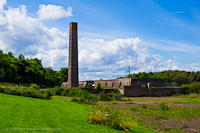
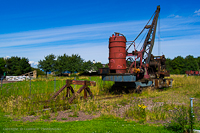
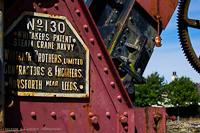
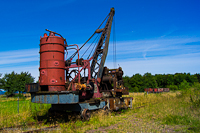
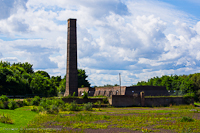
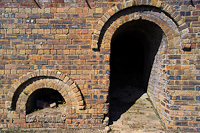
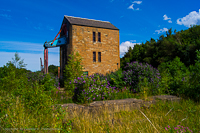
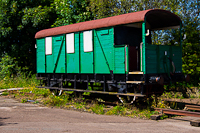
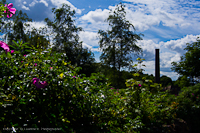
The image below (Early 1950s) was taken with a 127mm film camera, it is my
grandfathers boat 'The Margaret' named after my grandmother with the
family onboard (sadly almost all of them have passed away) and the
background is where the power station was eventually built -
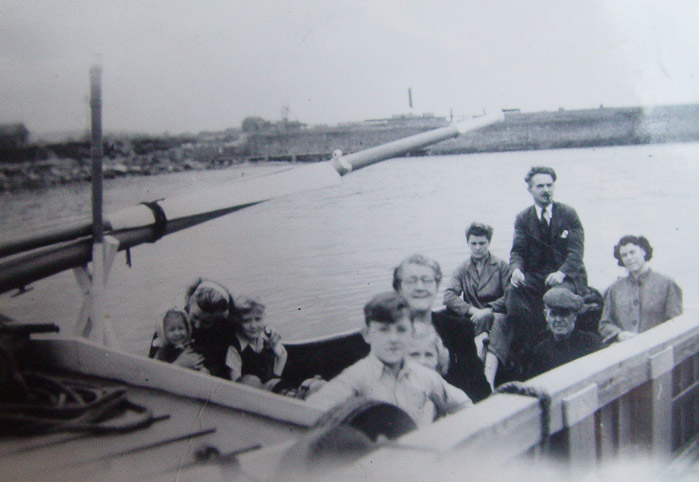
Some 35mm 'Black and White'
film images shot with a Nikon FM3a 35mm film camera back in 2016 after the
power station chimneys were demolished and before the new houses were build at the harbour -

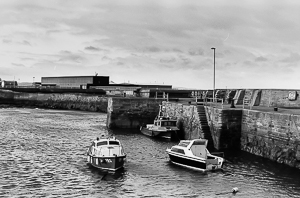
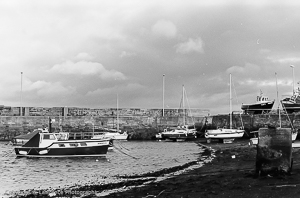
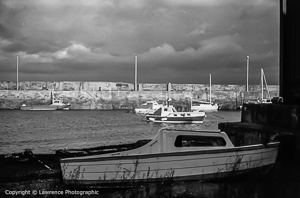

A couple of Nikon FM3a 35mm film
images, shot with Kodak Ektar colour film of Cockenzie Harbour and Port
Seton Harbour -
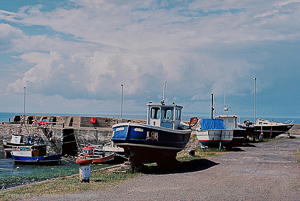
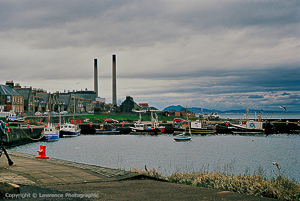
The main role of Cockenzie
Harbour to house fishing boats was later taken over by the 'New Harbour',
in Port Seton. Some images of Port Seton Harbour taken with a Panasonic
G6 camera -
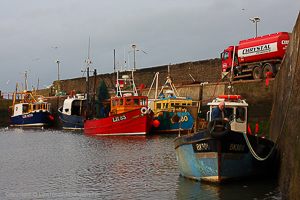
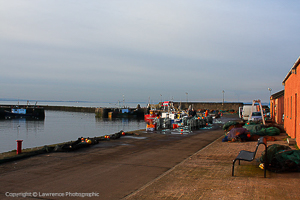
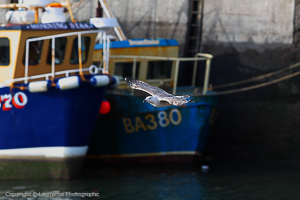
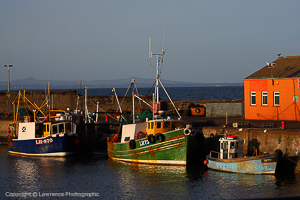
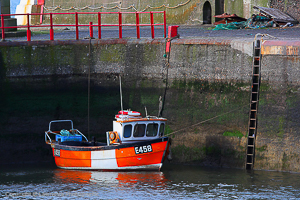
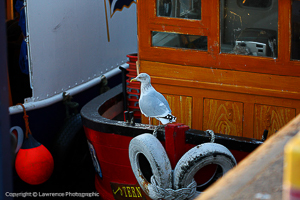
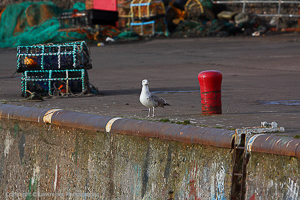
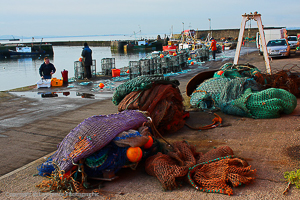
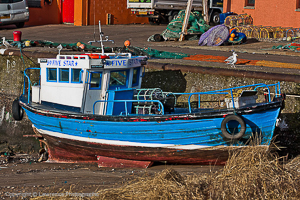
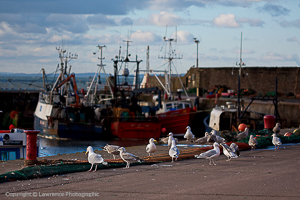

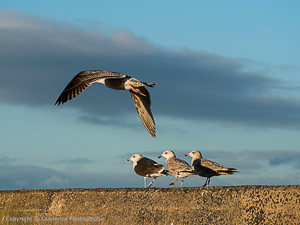

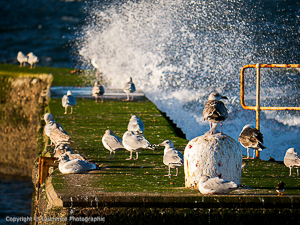
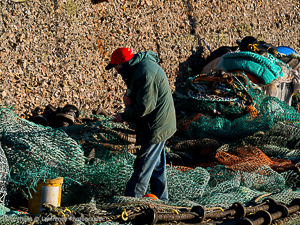
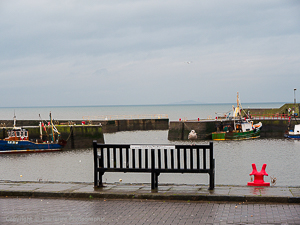
In the 1950s, Cockenzie House was privately owned and it housed a
vegetable and fruit patch in the gardens. There were apple trees,
strawberries and the old outhouses where the timber was stored was like
a magnet to the gang. We would climb over the back wall which today does
not look much, but when you are a small kid, its like a huge rockface.
Standing on shoulders to get a grip and then together pulling up the
last man standing was the usual procedure. The wall is overgrown these
days but it is still standing in the lane behind the house -
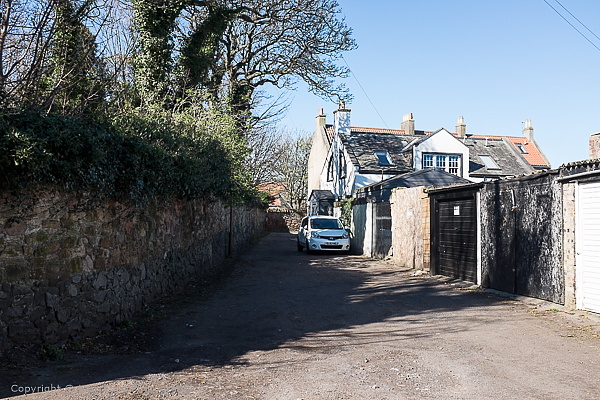
I went back to Cockenzie in April 2021 to take some photos of the
village with my Fujifilm X100s 'Digital' compact camera which has a
fixed 23mm f2 lens with a 35mm field of view. The image below is one of
the main green in the centre of the village which shows the war memorial
and behind it, Cockenzie House -
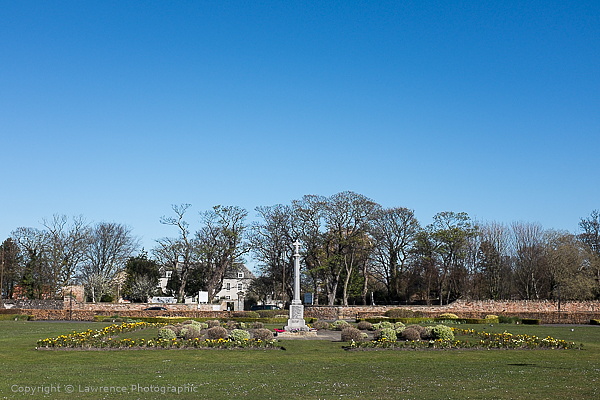
The original old part of Cockenzie were the terraced houses of Lorimer
Place (East and West). The 4 images below show the east front at the
main green, the west front and views from
the bottom and top of the centre lane between the terraces. When I was a small boy, there were no cars
and no
garages in the centre lane and you could see over the top of all the
rows of 4 feet high walls in the gardens that separated the house plots.
We used to play 'kick the can' a form of hide and seek. Can you imagine
the noise that the adults had to put up with, especially from the
girls who screeched and shouted when being caught out, hiding in some
person's garden. I am sure that many a night the wireless was drowned
out (no TV in those days) -
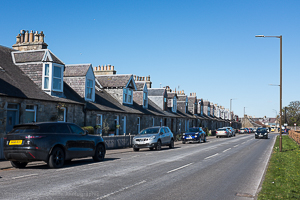
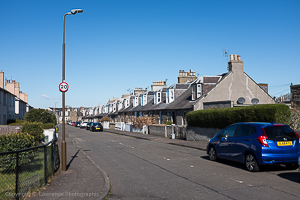
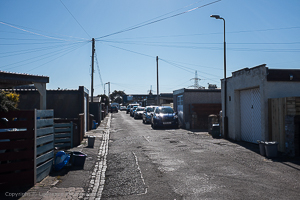
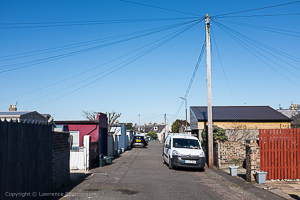
Images of Cockenzie Village captured with my Fujifilm X100s compact camera -

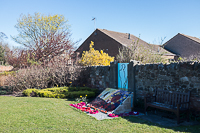


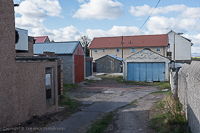
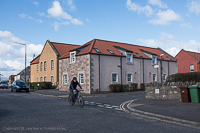
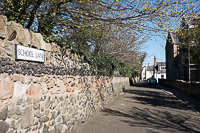

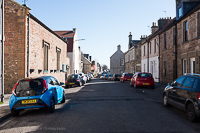

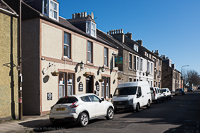


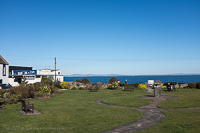
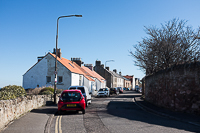
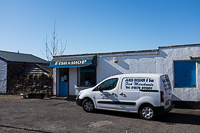
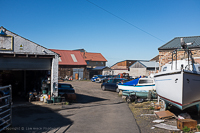

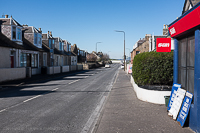
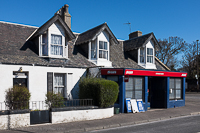

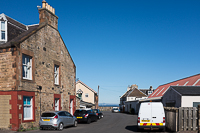
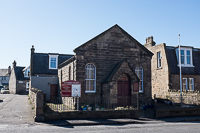
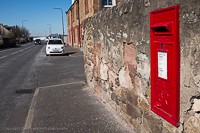

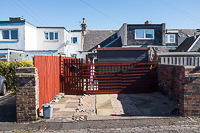



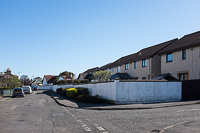
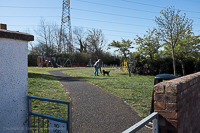
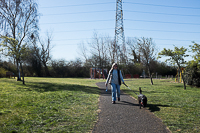

The Power Station at Cockenzie was built in 1967 and was demolished in
2015.
Back in 1957, I was with my friends playing 'Cowboys and Indians' on the
sand dunes on the west side of the old harbour between Cockenzie and
Prestonpans when some men in a lorry arrived towing a huge contraption
which looked like a hollow metal pyramid, there was a tube hanging down
in the middle of it. I asked them, "what is that for Mister?" The
man smiled and replied, "we are drilling down to find out what the
bedrock is like; they are planning to build here." That was the
start of the Cockenzie Power Station build, and it rose out of the sand
dunes to dominate, not only Cockenzie and Port Seton, but it could be seen
from all over East Lothian and even from Arthur's Seat, the massive
volcanic outcrop, in Edinburgh.
Some digital images shot with various digital cameras prior to the power
station being demolished. The 6th image down on the left provides a view
over East Lothian to the power station and shot from the Pentland Hills.
Please click on the images below to reveal a larger variant and some
larger variants can be clicked again to make them even larger -
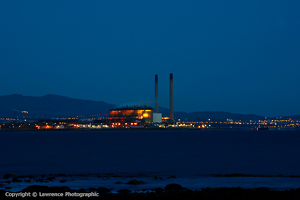
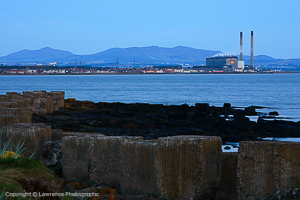
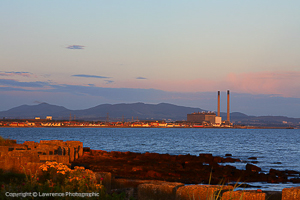
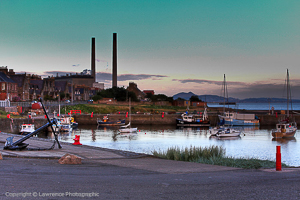
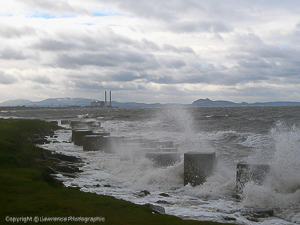
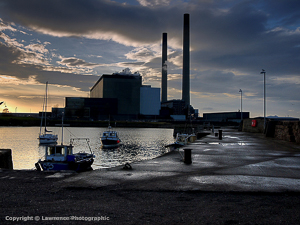
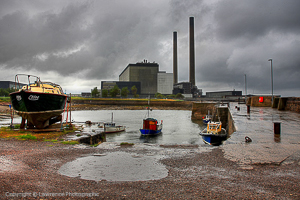

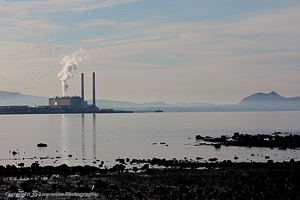
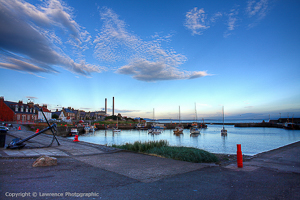
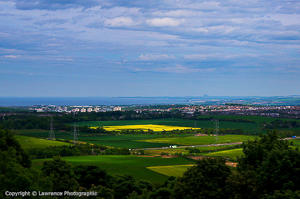

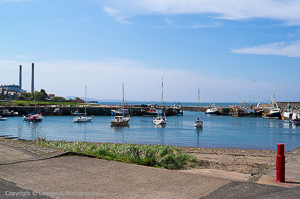
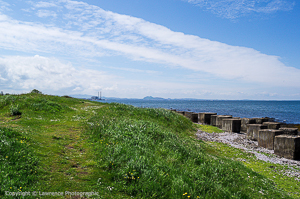
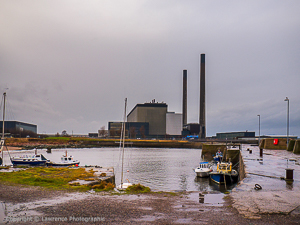

If you have enjoyed this article - please donate to my
Charity of Choice -
The Sick Kids
Richard Lawrence
Scotland
United Kingdom
Back to Articles Page
